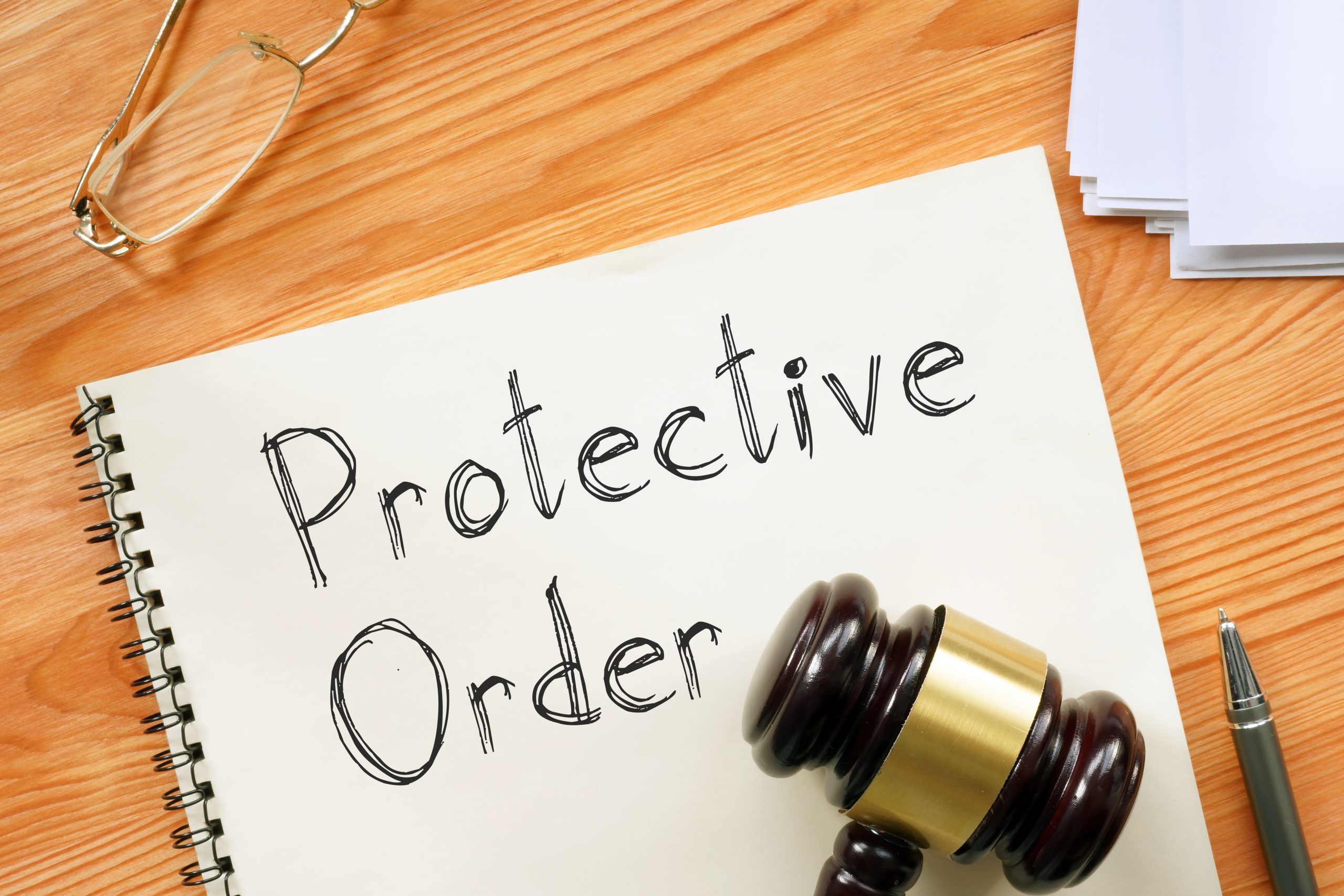
Your world shatters when your spouse, ex-spouse, or anyone you have had a domestic relationship with attacks or threatens you. Living in fear, constantly looking over your shoulder, afraid to answer the door or return home is not the answer. You need to apply for a personal protection order.
Oklahoma protects those who have been assaulted or threatened with bodily harm. Laws determine who can get protection and the type of protective order necessary. We will share the facts about this court order, the law, how to obtain one and what happens if your assailant violates the order.
Oklahoma Protective Order Laws
In domestic abuse situations, Oklahoma protective orders fall under the Protection from Domestic Abuse Act, 22 O.S. §§ 60-60.20.
Protective orders are not limited to physical harm. You can request a protective order if your partner, family member, or household member stalks, harasses, rapes or commits violence against you. Protective orders are also available to anyone being stalked or harassed by a person who is not a family member.
The order prevents the accused person from having contact with the victim. This includes physical, verbal, written and electronic communication.
The accused may not be in the physical presence of the victim. If they reside in the same home, the judge may require the person committing abuse to move from the residence and relinquish all firearms.
Violation of Protective Orders
If the other party violates a protective order, call the police immediately. They may be charged with a misdemeanor under 22 O.S. § 60.6. Upon conviction of a violation, they may be fined up to $1,000 and spend up to one year in jail.
If they violate the order two or more times, they may be convicted of a felony and spend one to three years in prison and be ordered to pay a $2,000 to $10,000 fine. Penalties may increase by up to five years in prison if they physically assault the victim during a violation.
The court may also order violators to receive treatment or counseling to help with rehabilitation.
Protective Order Cost
There is usually no court-imposed cost to petition for a protective order. If you fail to appear in court, the judge may dismiss your case and assess court costs.
Understanding the difference between a legitimate claim of abuse and a frivolous petition is important. About 50 percent of U.S. children witness their parent’s divorce. Wrongful accusations are sometimes made by parties wanting to gain an advantage in a divorce or custody battle.
If the court determines the filing is frivolous, the plaintiff may have to pay all court costs and the defendant’s attorney fees. If the court grants a protective order, it may require the defendant to pay processing fees, attorney fees, filing fees and any other costs.
Types of Protective Orders
Oklahoma offers two kinds of protective orders:
- Emergency Ex-Parte Order: issued when there is reasonable evidence the victim is in immediate danger.
- Final Order of Protection: issued after both parties present evidence at a hearing and the judge determines a protection order appropriate.
A final order of protection can last up to five years, not counting the incarceration time of the guilty party for any violations. You may also petition for an extension by requesting a hearing.
The judge may issue a continuous order with no ending date. This may occur if the guilty party has a history of violent felony convictions, prior violations of court orders, or prior final protection orders against them in another state.
Domestic Abuse in Oklahoma
Oklahoma ranks highest in the U.S. for domestic violence and third for women killed by their significant other. In 2022, there were over 43,000 domestic violence calls in the state.
Oklahoma Title 22 § 60.1 defines domestic abuse as physical harm or the threat of imminent bodily injury by an adult, emancipated minor, or minor 13 or older against family or household members or persons in a dating relationship.
The relationships awarded protection from domestic violence are:
- Spouse-current or former
- Spouse of a former spouse
- Former spouse of a current spouse
- Parents, step-parents, foster parents, and grandparents
- Children
- Anyone related by blood or marriage.
- A person from a present or former dating relationship
- Parent of a mutual child
- Anyone currently or previously living in the same household
Any form of domestic abuse is a red flag in a marriage. Taking immediate action is crucial to your and your children’s physical and mental well-being.
Elements of Domestic Abuse
To be found guilty of the crime of domestic abuse, the prosecuting attorney must prove, beyond a reasonable doubt, that the party’s actions meet the elements of domestic violence. They must show the defendant’s actions were:
- Willfully made
- Unlawful
- They were attempting or threatening to use violence or force
- They used force or violence
- The act was against a person from Title 22 § 60.1
There may be additional elements and charges depending on the specific circumstances of the case.
Who Can Get Protection in Oklahoma
People who have been abused or threatened with abuse by household members or relatives. This includes those previously living in the same home, emancipated minors, and people with children in common. If the victim is a minor or legally incompetent, another adult may file on their behalf.
When you have a protective order, always carry it with you. Give a copy to a family member or friend and advise neighbors and friends you have the order.
How to Get a Protective Order in Oklahoma
Knowing who can get protection from domestic violence is the first step in ensuring your safety. The second step is preparing for a consultation with a family law attorney. Whether you are ready to move forward or want to get some information, call 918-582-1211 today or schedule a consultation online with our experienced family law attorneys.





